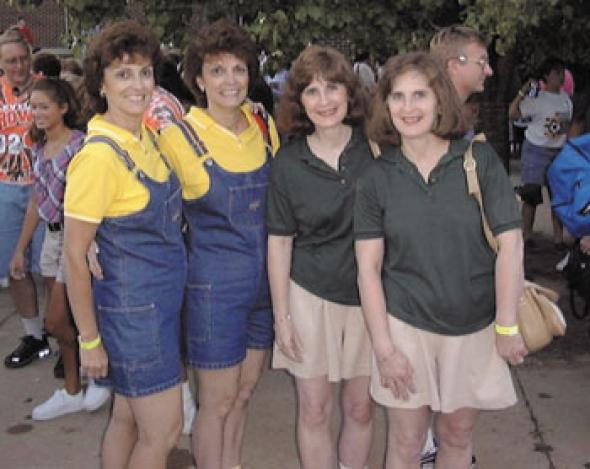The Fabric of Calculable Reality
For those who haven’t even got their head around quantum theory, the world is about to get a lot more challenging. James Flint on the highs and lows of computer-aided Parallel Universe Theory.
It’s been a year now since IBM got the world’s first quantum computer up and running. A year in this universe, at least – how long it’s been in the many universes created by the computer itself, I have no idea. Some of those universes may not even, any longer, exist. But this it what the quantum theory that the computer is designed around suggests: that in order for the computer to function the five atoms that hold the bits of information need to be in what’s known as a superposition of states; and in order for them to be in a superposition of states, several parallel universes have to be conjured into existence.
If it seems a tad extravagant to bring into existence several new universes in order to count up to 31 (about the sum of what the computer can currently do), that’s nothing compared to the profligacy of the original parallel universe theory. Proposed by Princeton grad student Hugh Everett III in 1957 (is that ‘the third’ as in ‘the third parallel Hugh’ I wonder?), the macro realm of things behaves in exactly the same way as the sub-atomic realm. Just as an electron can be in many places at once, so can this magazine (though in the case of Mute not that many places) – and a different universe exists to account for each of the possible places it might be. This theory has generally caused as many problems as it solved, and has not been popular with anyone other than genre science-fiction writers for some time now.
But recently a new version of the theory has been doing the rounds. In order to explain how a quantum computer actually works – and work it does – some real mind-twisting is required. David Deutsch claims his mind can do such a twist. In his book The Fabric of Reality (Penguin 1997) he attempts to rationalise Everett’s old Many Worlds theory and show how rather than infinite numbers of possible worlds having to exist, finite ‘sandwiches’ of mini-universes can be peeled away from this one, run in parallel grooves, and then slap back together when the conditions are right – as they are in a quantum computer. ‘One day a quantum computer will be built which does more simultaneous calculations that there are particles in the Universe,’ he points out. ‘Since the Universe as we see it lacks the computational resources to do the calculations, where are they being done? Only in other universes, is the answer.’ Quantum computers share information with huge numbers of versions of themselves throughout the multiverse… they’re the first machines humans have ever built to exploit the multiverse directly.’
Other than the car in Back to the Future, of course.
James Flint <jim AT metamute.com> is a journalist and novelist. His first book Habitus (Fourth Estate) won him the Amazon.co.uk 2000 Bursary Award; his second, 52 Ways to Magic America, will be out in spring. He is a contributing editor to Mute.
Davis Deutsch's paper 'The Structure of the Multiverse' can be found in PDF format at: [http://www.arxiv.org/abs/quant-ph/0104033]
Mute Books Orders
For Mute Books distribution contact Anagram Books
contact@anagrambooks.com
For online purchases visit anagrambooks.com








